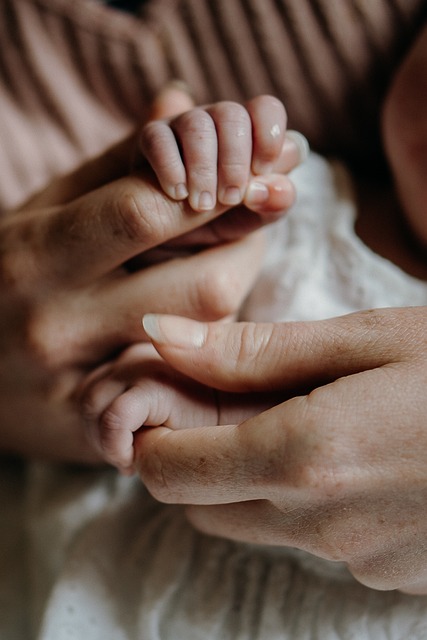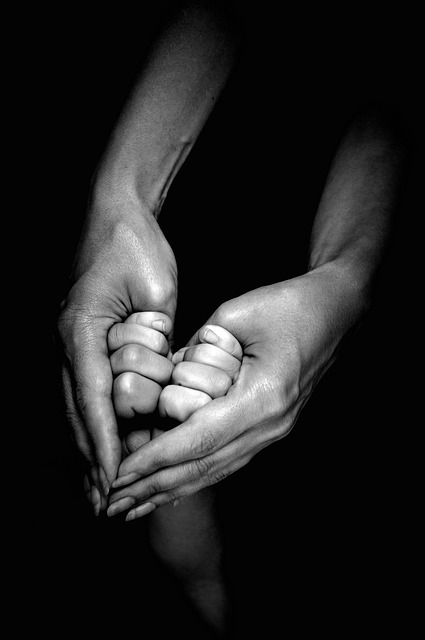In Australia, cremation has become a popular and legally regulated way to commemorate loved ones' passing, offering bereaved families flexibility and ethical practices. The process involves obtaining a death certificate, arranging remains, and selecting a crematory facility, guided by jurisdiction-specific guidelines. Cremation services reduce the deceased's remains to essential elements through high temperatures in a specialized facility, followed by collection or scattering of ashes as desired. State and territory laws govern crematorium licensing, remain handling, and ethical treatment, ensuring transparency and trust. Planning cremation arrangements in advance provides peace of mind and allows customization of urns, memorial options, and personalized keepsakes.
In Australia, understanding cremation laws is essential for anyone planning this option. This comprehensive guide delves into the intricacies of cremation practices across the nation, covering eligibility criteria and requirements set by state and territory regulations. We explore the step-by-step process of cremation services, legal considerations, and pre-arrangement options. Familiarize yourself with these aspects to ensure a smooth and respectful farewell, catering to your unique needs and preferences regarding cremation.
- Cremation Laws in Australia: An Overview
- Eligibility and Requirements for Cremation
- The Process of Cremation Services
- Legal Considerations and Regulations
- Planning Ahead: Pre-Arrangement Options
Cremation Laws in Australia: An Overview

In Australia, cremation has become a preferred choice for many individuals and families as a means of honoring their loved ones’ final wishes. The country’s cremation laws are primarily governed by state and territory regulations, ensuring flexibility and diverse options for bereaved families to access cremation services. Each jurisdiction has its own set of guidelines and requirements, covering aspects such as permitting, identification procedures, and the role of funeral directors in facilitating the process.
Understanding these laws is essential for anyone considering cremation services in Australia. The regulations outline clear steps for individuals or authorized representatives to follow, including obtaining a death certificate, arranging for the deceased’s remains, and selecting an appropriate crematory facility. This overview ensures that the cremation process is conducted ethically, respectfully, and in accordance with local legal frameworks, providing peace of mind during an emotional time for families across the nation.
Eligibility and Requirements for Cremation

In Australia, cremation is a popular and legally recognised method of disposing of human remains. Eligibility for cremation services is generally open to anyone who has passed away, regardless of age or cause of death. However, there are specific requirements that must be met before cremation can take place. These include obtaining the necessary permissions, such as a Death Certificate, from the relevant authorities. Additionally, certain legal documents like advance directives (or living wills) may impact the cremation process, ensuring that the deceased’s wishes are respected.
The eligibility criteria also extend to the condition of the body, which should be suitable for cremation. This means the remains must be free from any infectious diseases or conditions that could pose a risk to public health. Cremation services in Australia adhere to strict guidelines to ensure a safe and dignified process, providing peace of mind for families during what can be an emotional time.
The Process of Cremation Services

Cremation is a process that involves the reduction of a deceased individual’s remains to their essential elements through high temperature and vaporisation. This method is a popular choice for many Australians due to its cost-effectiveness, environmental considerations, and cultural significance in some communities. Cremation services typically commence with a funeral service where friends and family gather to pay their respects. Following this, the body is transported to the crematory facility, a purpose-built environment designed to handle cremation processes.
Inside the crematory, the body is placed within a cremation chamber, often referred to as a retort. The chamber is heated to an extremely high temperature—typically between 1500°C and 2000°C—which causes the body to combust rapidly. The resulting remains are then collected in a container or urn, which can be tailored according to personal preferences. This process allows for a more compact remains size, making it easier for families to store or scatter the ashes as per their wishes.
Legal Considerations and Regulations

In Australia, the provision and regulation of cremation services are governed by state and territory laws, each with its own specific requirements and guidelines. These legal considerations encompass a range of aspects, from the licensing of crematoriums and funeral directors to the handling and disposal of human remains. The Australian Government has established standards to ensure the ethical and respectful treatment of deceased individuals throughout the cremation process.
Funeral directors and crematoriums must adhere to strict regulations regarding the identification, collection, and storage of remains. This includes proper documentation, secure containment, and the use of unique identifiers to prevent any mix-ups or misidentification. Additionally, there are rules governing the manner in which cremations are conducted, ensuring they are carried out with dignity and in accordance with cultural and religious practices. These regulations are in place to protect the rights of individuals and their families while fostering a transparent and trustworthy industry for cremation services across Australia.
Planning Ahead: Pre-Arrangement Options

Planning ahead for your final arrangements is a considerate step, and pre-arrangement options for cremation in Australia offer peace of mind. Many people choose to discuss their wishes with their loved ones early on, ensuring their preferences are known and respected. This process can involve meeting with a funeral director to explore different cremation services and customs that align with personal beliefs and cultural backgrounds.
Pre-arranging allows individuals to make informed decisions about their cremation, including the selection of urns, memorial options, and even the design of personalized keepsakes. It’s an opportunity to customize the celebration of life ceremony to suit individual needs and preferences, ensuring a unique and meaningful tribute.
Understanding Australia’s cremation laws is essential for anyone planning their final arrangements. This comprehensive guide has provided an overview of the eligibility criteria, process, and legal considerations involved in cremation services. By planning ahead with pre-arrangement options, individuals can ensure their wishes are respected while navigating these regulations. With this knowledge, folks can make informed decisions, fostering peace of mind and a smoother process for their loved ones during what is often a challenging time.
